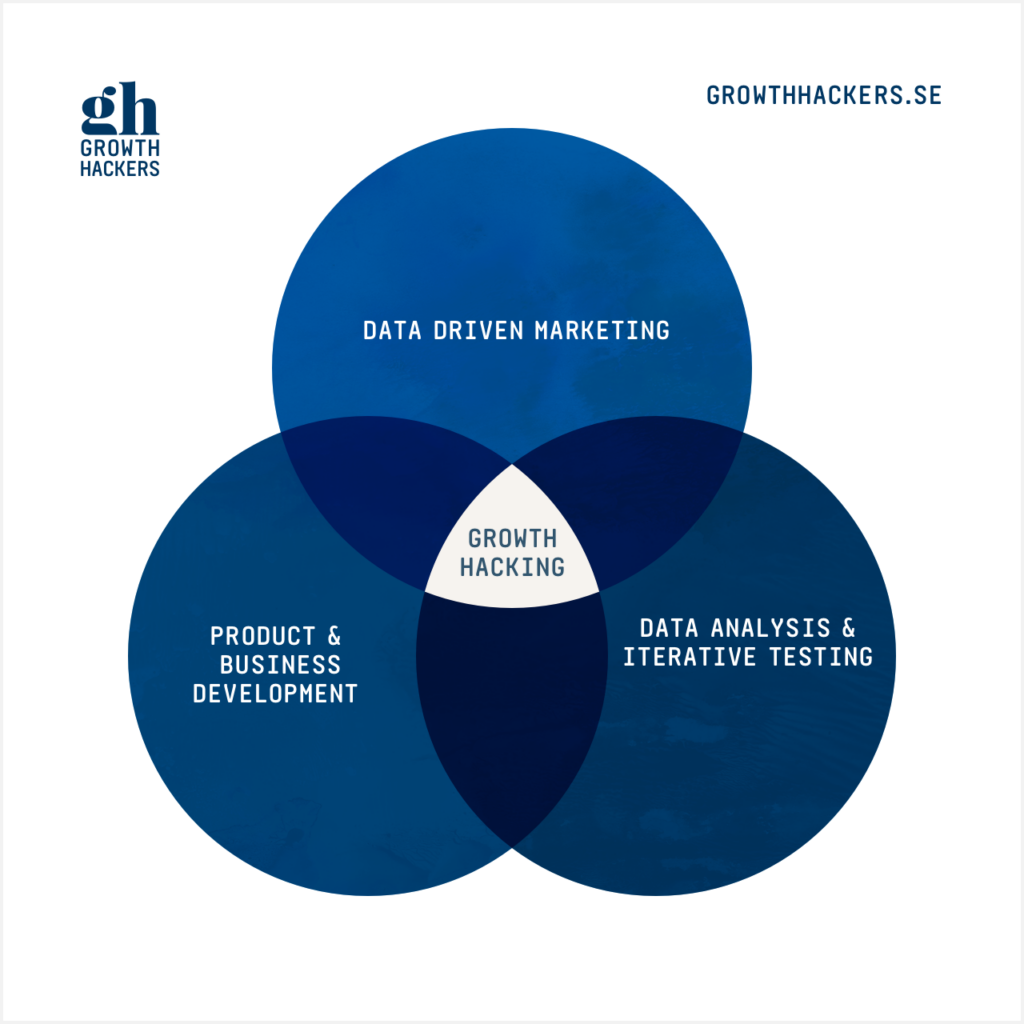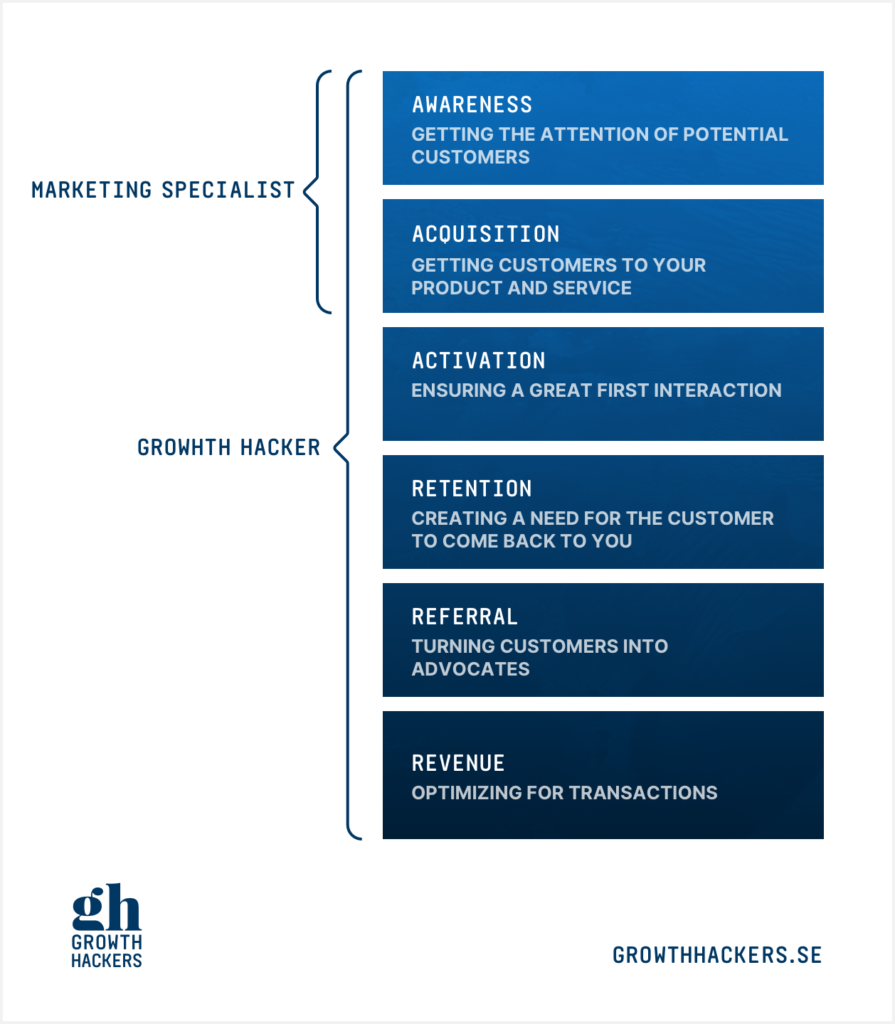What is Growth Hacking?
Last Updated on February 7, 2022 by justin
The history of Growth Hacking
To start answering the question of what is Growth Hacking, we need to take a look back at where the term originally came from. Growth hacking is both a product of the IT bubble and a natural evolution of classic marketing as a result of the rapid technological development.
In 2010, Sean Ellis coined the term “Growth Hacking” in Silicon Valley when he tried to hire marketers for startups, and then searched for people who had a special set of attitude and skills toolbox. The problem was that he was looking for people whose primary focus was Growth, rather than candidates with a more classic marketing skill who were used to having a broader focus. Why was this a problem? Well, because when Sean asked for marketers, he got just that – classic marketers. He felt that in this phase it was rather “Growth Hackers” that he needed – and the term was coined.
Background – dot.com era and Super Bowl commercials
During the IT boom that prevailed around the turn-of-the-century, there were many marketing investments were made and with large sums at stake. At the 2000 Super Bowl, for example, pets.com’s commercials were shown to the millions of viewers and cost a whopping $ 1.2 million. Less than a year later, the company had gone bankrupt. Tech entrepreneurs, who are often backed by VC firms and private investors, all had the most common KPI which was “burn rate” – essentially how much money they could ‘burn’ for marketing. To justify the high company valuations and large venture capital rounds, this resulted in huge marketing budgets and a chunk of them are placed on conventional channels such as TV ads, billboards, radio, print, etc. The big challenge was that there was no proven need for these traditional marketing services, although it was hoped that demand could be generated with these marketing formats.
What followed was that the money ran out before one could form an idea whether the marketing activity generated a buying behaviour. In many cases, it manifested itself in long cycles of expensive media purchases along with the inability to measure its effectiveness and, ultimately, a failure to understand their customers better. A classic expression in the marketing circles was: “Half of our marketing budget works fantastically! If we only we knew which half… ”
The development – tech startups
In response to this, in line with the rapid digitalization and founding of a number of tech startups in Silicon Valley, data-driven methods, tools and strategies were developed that simply did not exist in classic marketing before. This kind of approach has solidified and formed a sub-group in marketing where the primary focus is on growth. Although, traditional marketing, with long-term brand building as its focus, still has an important place in organizations, especially in a more established one.
Through a quick look at Google Trends, we can see that the phenomenon started around 2012/2013 which was a couple of years after Sean Ellis searched for “growth hackers” in his recruitment.

What does growth hacking look like?
There is a preconception (and misconception!) that a growth hacker is someone who does things that nobody else understands. Nothing could be further from the truth.
At the core, growth hacking is all about cooperation across disciplines and departments. Therefore, it is important to include people with different backgrounds and competences in the growth teams. A traditional marketer’s job primarily involves the marketing department, while a growth hacker works cross-functionally across the organization to cover a larger part of the sales funnel. This is why every department, from sales to IT, are involved and equally important to the process. In conclusion, everyone’s opinion is crucial in order to reach the ultimate goal: to create growth!
We have created a simple model to illustrate the way we work as Growth Hackers. It is a combination of creative marketing, programming and automation, as well as data analysis and testing.

What is included
Growth hacking takes a bigger responsibility in the sales funnel than traditional marketing. This is to be able to better understand and influence every step within the customer journey – from Customer Awareness all the way down to Revenue. The steps in the “funnel” are called a little differently, but a common definition is what is called “Startup metrics” or “Pirate Metrics”, abbreviated as AAARRR – as it sounds like a pirate.

Methodology
The way to work with growth hacking is fundamentally different compared to traditional marketing, which is not so surprising if you look at its origins. As mentioned before, the stimulus that has led the development are fast-paced startups and data-driven teams with technical competence, oftentimes with the involvement of developers. Hence, the growth hacking process is developed to suit agile businesses that may not always able to afford large initiatives and that require quick results due to hard competition. It is a common misconception that a “Growth Hacker” is a lone evangelist who is able to cover all of this – this could not have been further from the truth as it is always setup around a Growth team. Growth Hackers adapt the product to the market and not the other way around.
Digital marketing vs. growth hacking
Growth hacking is a strategy, an attitude, a way of thinking, a vision, a working method, a toolbox and a way of approaching problems that differ from traditional marketing work.

Why is growth hacking needed?
A matter of survival for startups
When it comes to startups, growth is often the most important measure especially when the short-term goal is to raise capital from investors. The company must be able to grow as much as possible with as little funds as possible. Therefore, cost-effectiveness, innovation, and creativity are vital elements that can determine a startup’s future.
And for medium-sized and large businesses?
For established companies, it is not about quickly reaching 10x in growth rate, which may be the case for a startup, but about adapting to a world that is being digitized and not being overtaken by smaller companies who are already adopting this way of working.
Growth hacking methodology can help businesses transition to a culture where they can be at the forefront thanks to an ability to measure, quickly analyze customer data, and then create hypotheses for incremental improvements that can be immediately tested against each other. It is radically opposed to previous working methods that compare annual or quarterly cycles; data which, at best, means that the company is one year behind the implementation of the conclusions.
Further reading
Other articles in the series of “Why you need to know about Growth hacking”:
Interested how the growth process can help your business? Send us a message! Let’s discuss how Growth Hackers can support and drive sustainable growth for you and your business.